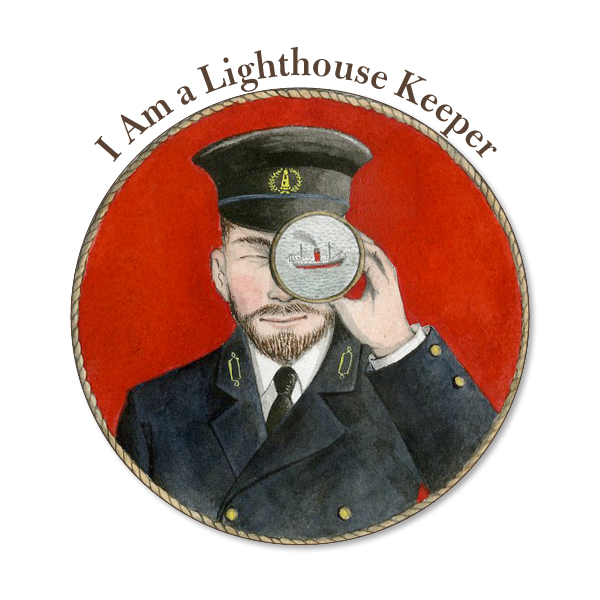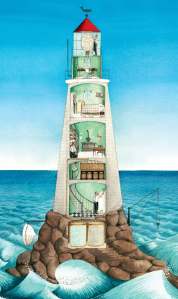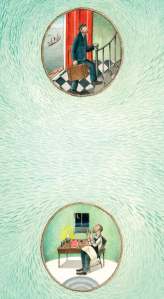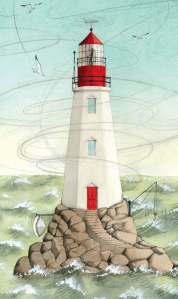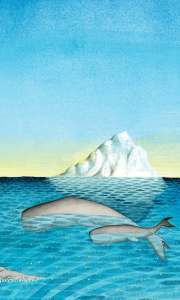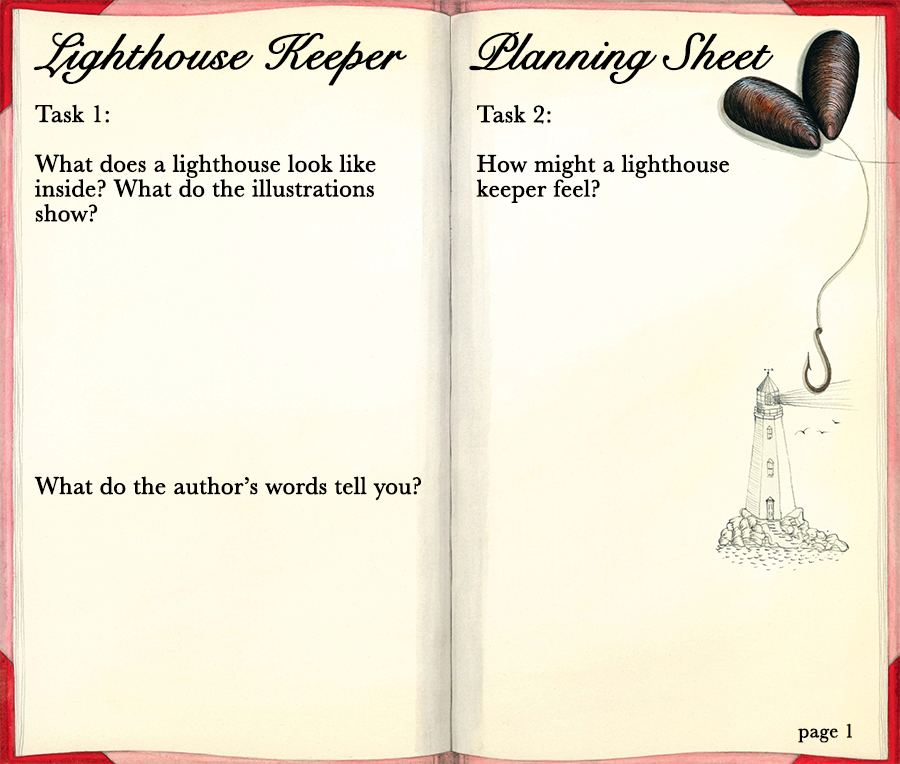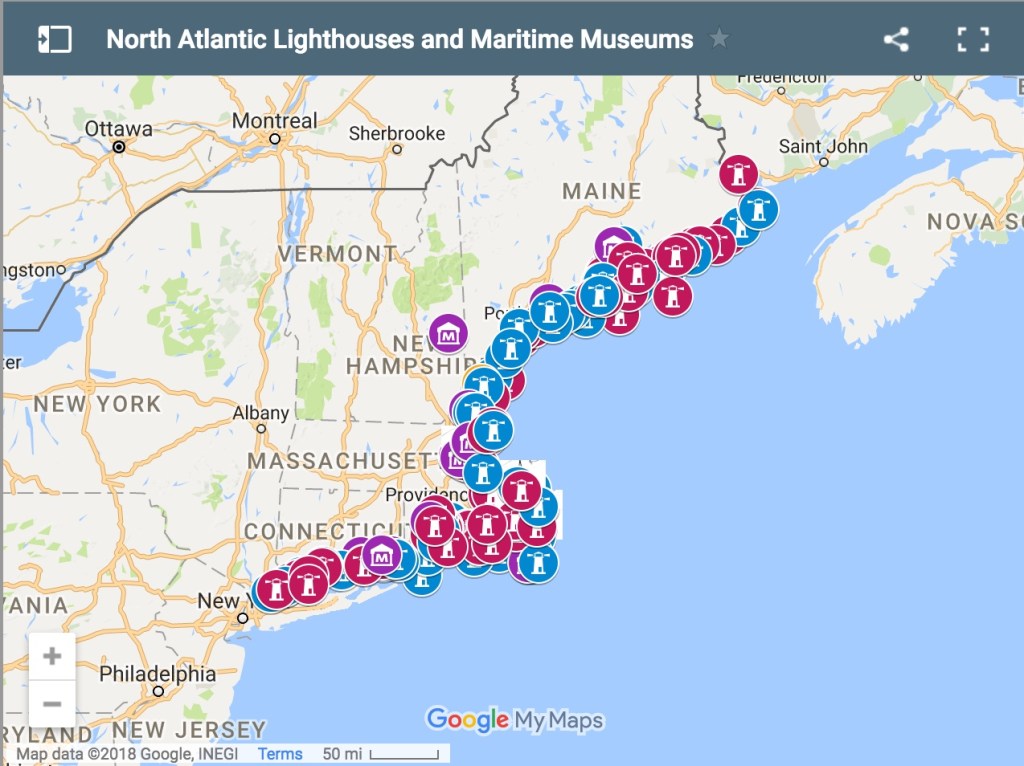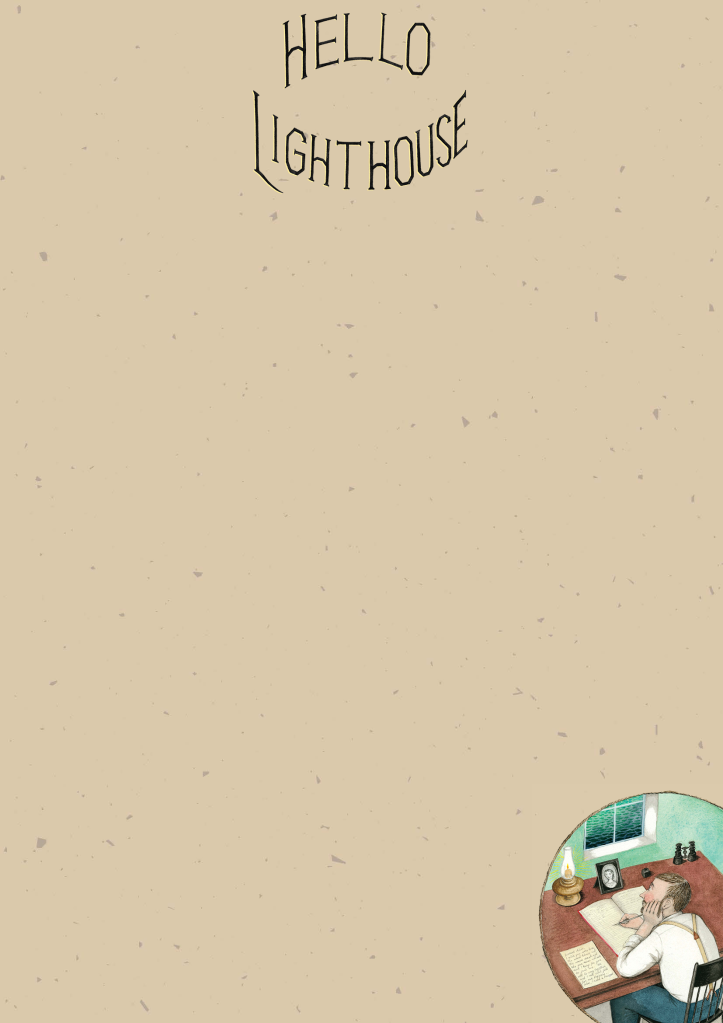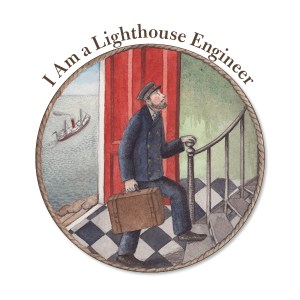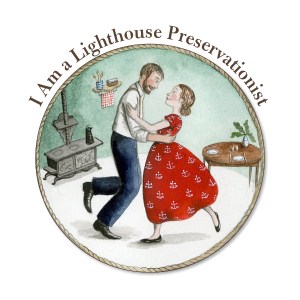Path 1: I Am a Lighthouse Keeper
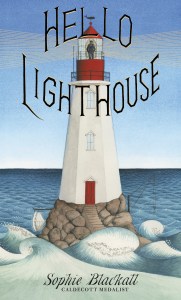 Educator Notes:
Educator Notes:
Students choosing this path will imagine what it might be like to be a lighthouse keeper and then use their narrative writing skills to write a friendly letter responding to the questions of a fictitious friend.
Students will be given small, scaffolded tasks that will help them fill out a planning sheet that can be used to create the final letter.
Teacher Prep Needed:
If you want students to write their letter on paper or if you have a digital classroom learning management system that you use, then you will want to direct students accordingly.
Some previous introduction to narrative writing as a “small moment in time” and friendly letter format is helpful.
Students will need access to the book Hello, Lighthouse and an in-class partner for discussion and for a peer-editing.
You can access the planning sheet here.
Assessment:
Students will use friendly letter format to write a narrative that describes daily life in a lighthouse, describing what it is like, and telling how they feel as a lighthouse keeper.
Read Aloud to Students:
 Imagine you are a lighthouse keeper. Very soon you are going to receive a letter from a friend asking you all about your life in the lighthouse. To prepare for this, complete each task and fill in the planning sheet as you go.
Imagine you are a lighthouse keeper. Very soon you are going to receive a letter from a friend asking you all about your life in the lighthouse. To prepare for this, complete each task and fill in the planning sheet as you go.
Task #1
Student Directions:
Re-read Hello, Lighthouse by Sophie Blackall.
Looking at the illustrations in Hello, Lighthouse, what do you notice about the inside of the lighthouse? What kind of furniture is inside? What else do you notice? (Add these details to your planning sheet.)
Reading the author’s words, how does the author describe the inside of the lighthouse? (Add this to your planning sheet.)
Task #2
Student Directions:
Look at this map of lighthouses. What do you notice about where they are located?
Looking at the illustrations in Hello, Lighthouse and the map of lighthouses, what does this tell you about the location of lighthouses? (Add this to your planning sheet.)
How could the location of a lighthouse affect a lighthouse keeper?
With a partner, discuss how it might have FELT if you were a lighthouse keeper. Be sure to explain WHY you might have felt that way. You can use your thoughts above to help you. When you meet your partner, make sure you start by saying hello. You can tell them one thing you have learned about lighthouses too. Then, take turns asking how they would feel if they were a lighthouse keeper and why they might feel that way. After you talk about it, thank your partner, and then return to your planning sheet and write down your thoughts.
Conversation Prompts:
• Greet one another
• Tell one thing you learned about lighthouses
• How would you feel if you were a lighthouse keeper? Why? (Look back in the book.)
• Write your thoughts on the Planning Sheet.
Task #3
 Student Directions:
Student Directions:
There are so many daily tasks for a lighthouse keeper to complete. Every lighthouse keeper must keep a journal, but what else might a lighthouse keeper have on the daily “to do” list? Re-read Hello, Lighthouse and then fill in the “To Do” list on the Planning Sheet with at least 5 different chores shown in the book. Remembering to write in the logbook is already completed for you!
Keeper’s Project
Read Aloud to Students:
A Letter!
You just received this letter from a friend.
Please write back to your friend and answer their questions! Use your Planning Sheet to help you:
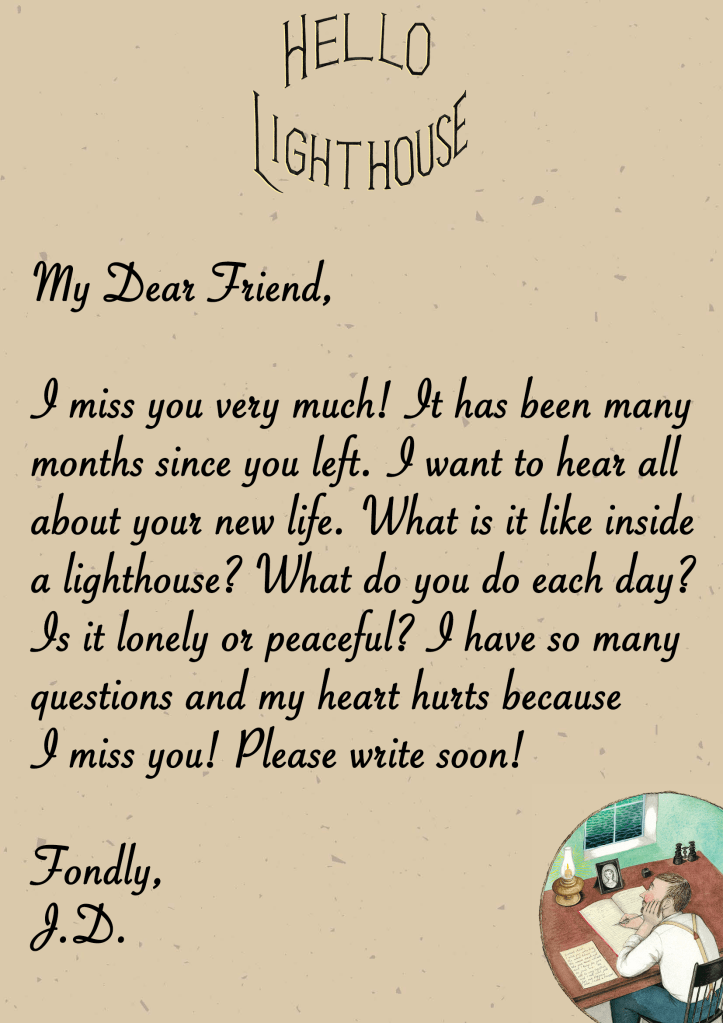
Student Directions:
Using a friendly letter format (look at the example letter if you can’t remember how to write a friendly letter), write a letter to your friend telling a story about your daily life. Be sure to answer every question!
When you finish your letter, find your partner and ask them to listen carefully to see if you answered the three questions! They should also check to make sure you used friendly letter format. When you have completed your letter, you can give it or submit it to your teacher.
Choose Another Path!
